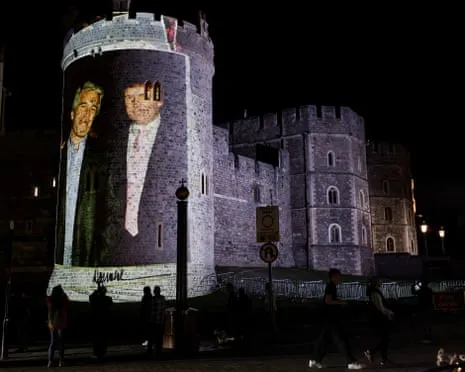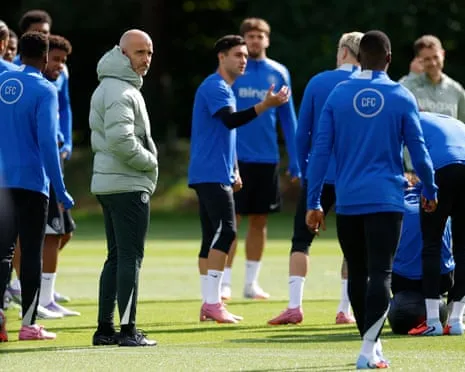Today's Top Highlights
Stay updated with the latest insights and trends in online gaming
News
 READ MORE
READ MORE
I Was a Gobby Teen Who Lived to Win. Until Losing a Competition – Discovering the Real Me.

Joshua Walker
17 Sep 2025
News
 READ MORE
READ MORE
Girls & Boys Review: Emotional LGBTQ+ Love Story Ignites Emotional Impact in Impressive First Feature

Joshua Walker
17 Sep 2025
News
 READ MORE
READ MORE
UEFA Champions League First Appearance and Veteran Star - The Meteoric Rise of Cyprus’ Rising Force

Joshua Walker
17 Sep 2025
News
 READ MORE
READ MORE
The Gunners and Tottenham Secure Victories as European Elite Action Returns

Joshua Walker
17 Sep 2025
News
 READ MORE
READ MORE
OpenAI Introduces Age Verification System Following Teen Death

Joshua Walker
17 Sep 2025
News
 READ MORE
READ MORE
Regarding Substances by the Author: A Philosophical Journey into Consciousness Expanders

Joshua Walker
17 Sep 2025
News
 READ MORE
READ MORE
Organize as you go and don’t rush: key actions to emptying a relative’s house when they die

Joshua Walker
17 Sep 2025
News
 READ MORE
READ MORE
Keir Starmer Bets Everything on an America That No Longer Exists

Joshua Walker
17 Sep 2025
News
 READ MORE
READ MORE
High Potential Season Two Review – An Inviting, Uplifting Cop Show Featuring a Nearly Flawless Sleuth

Joshua Walker
17 Sep 2025
News
 READ MORE
READ MORE
Israel Reveals Temporary Escape Route for Gaza City Residents

Joshua Walker
17 Sep 2025
Recent Posts
 News
News
 News
News
 News
News
 News
News
 News
News
 News
News
September 2025 Blog Roll
August 2025 Blog Roll
July 2025 Blog Roll
June 2025 Blog Roll
Sponsored News

News

News

News

News

News
Labour needs to revise growth approach to tackle surge of populist movements, warns leading analyst
 Joshua Walker
Joshua Walker

News





